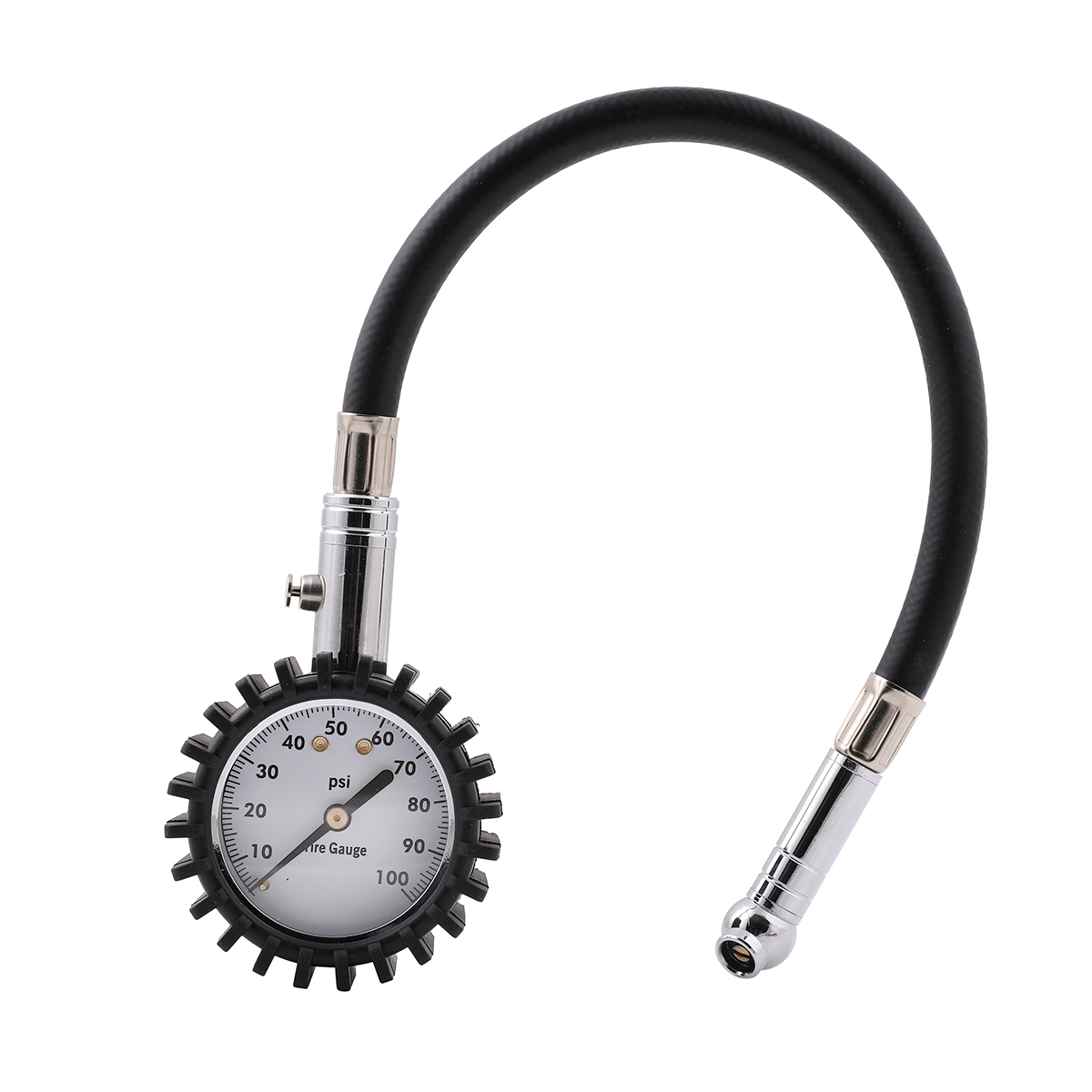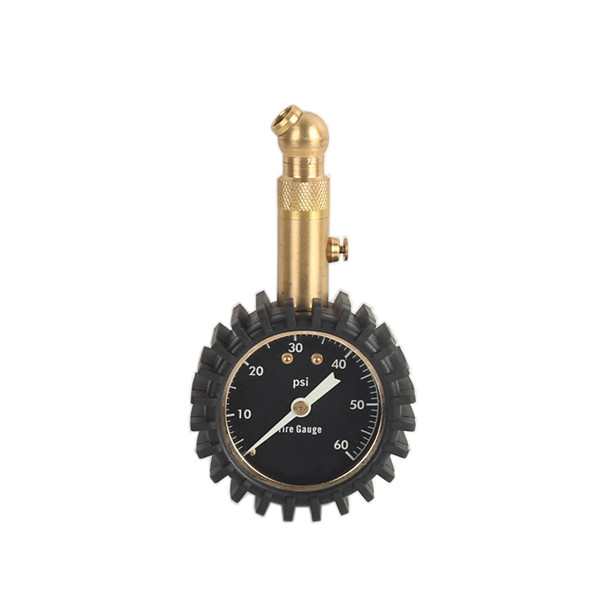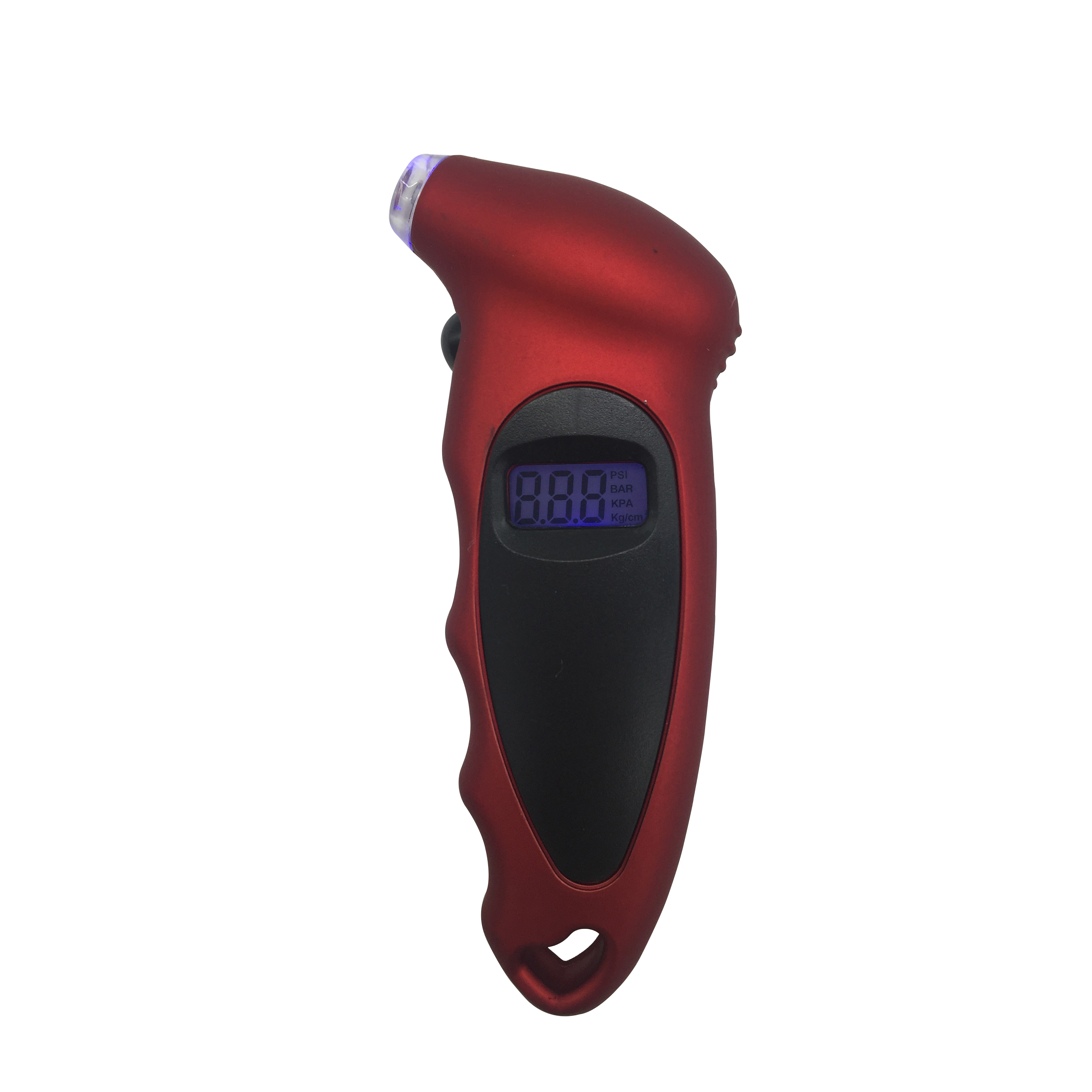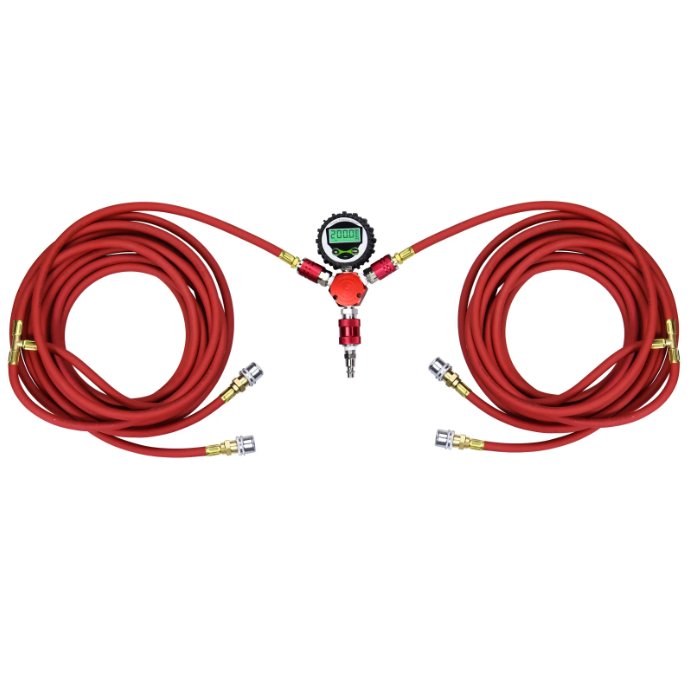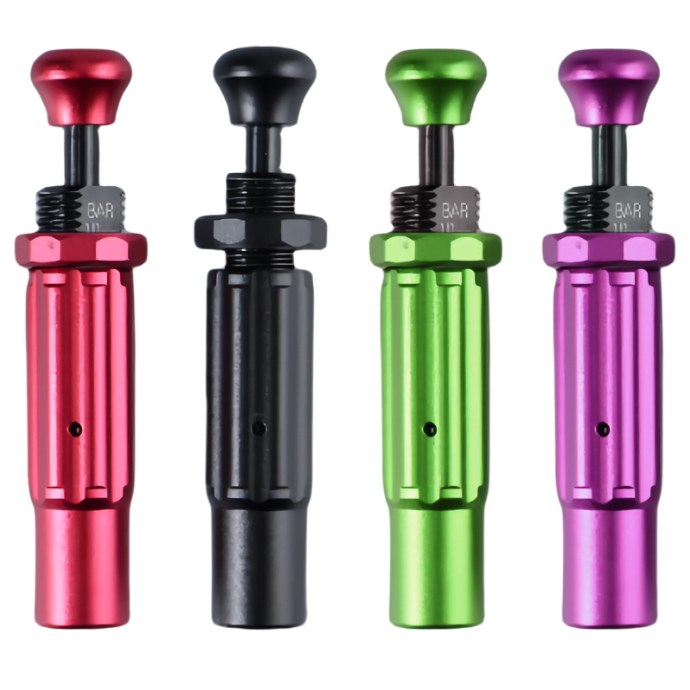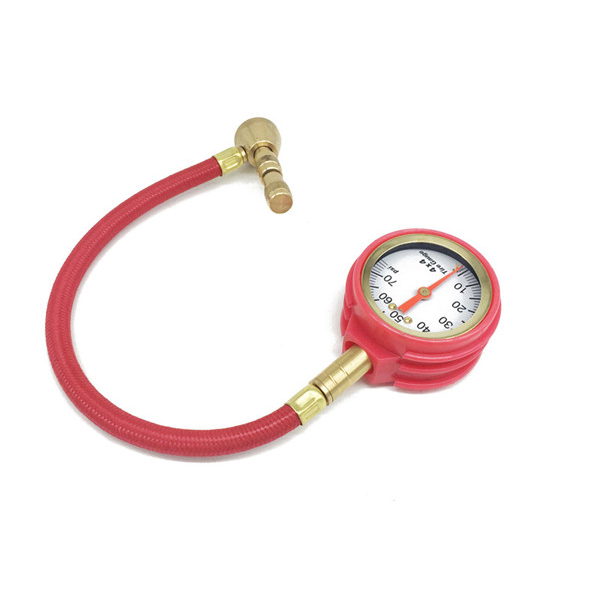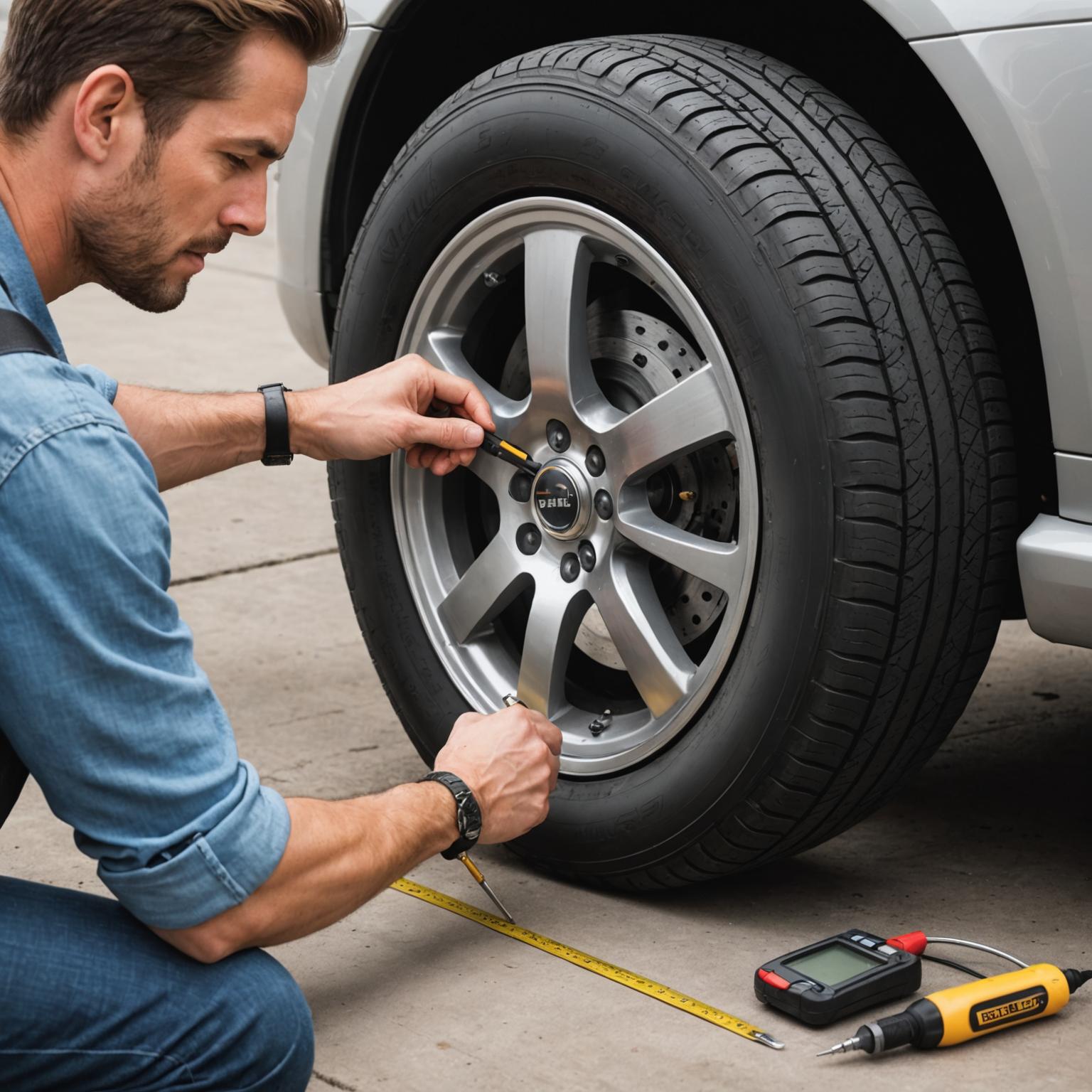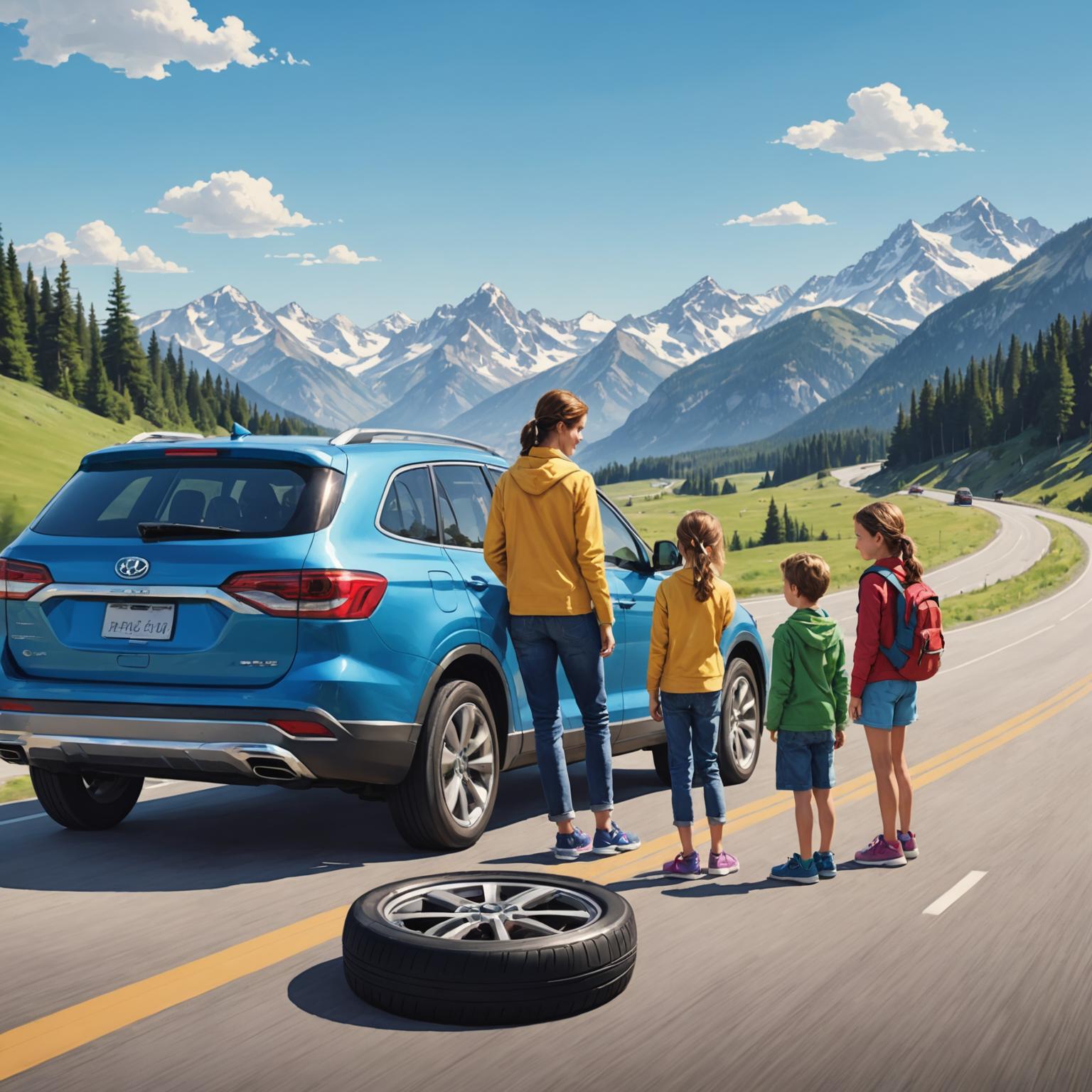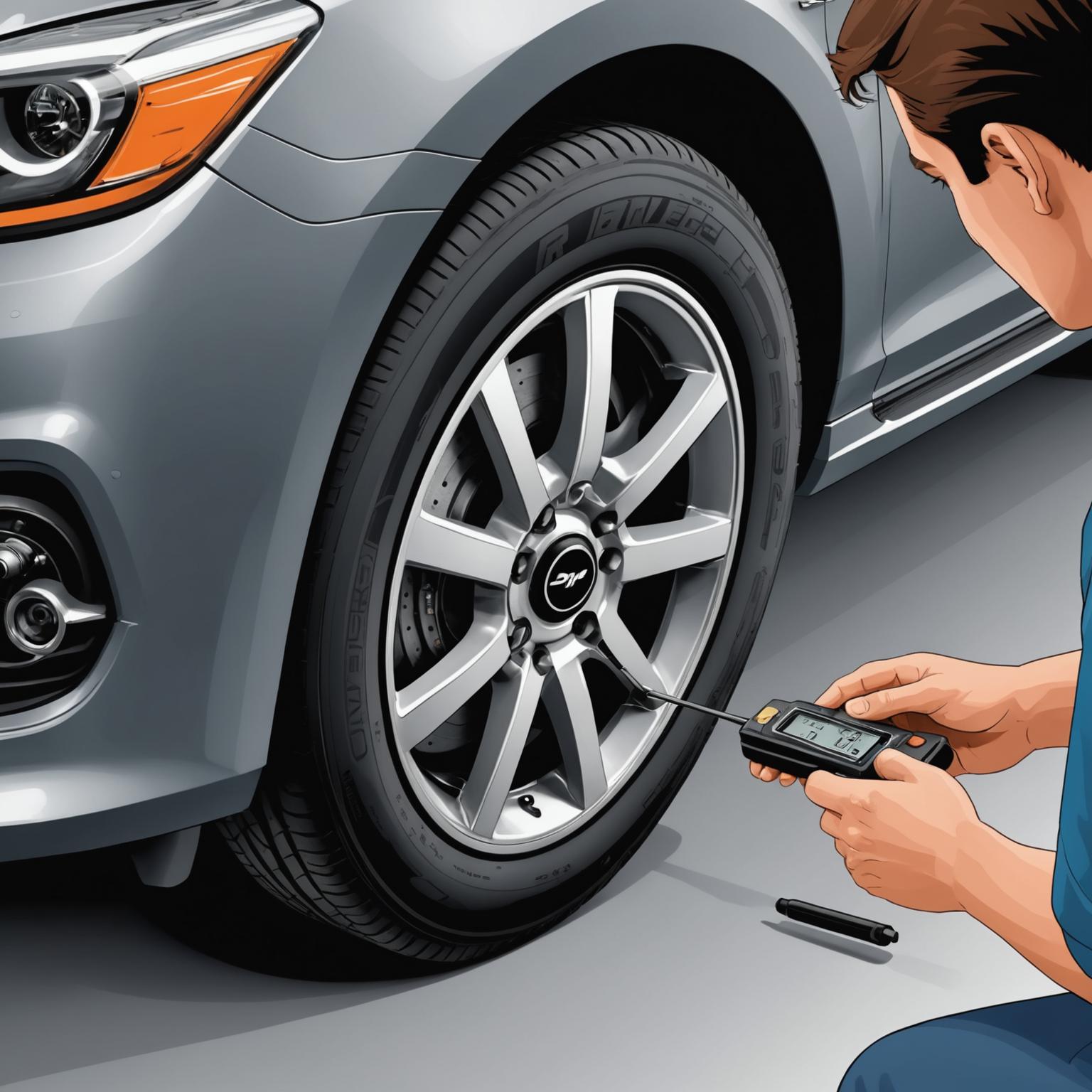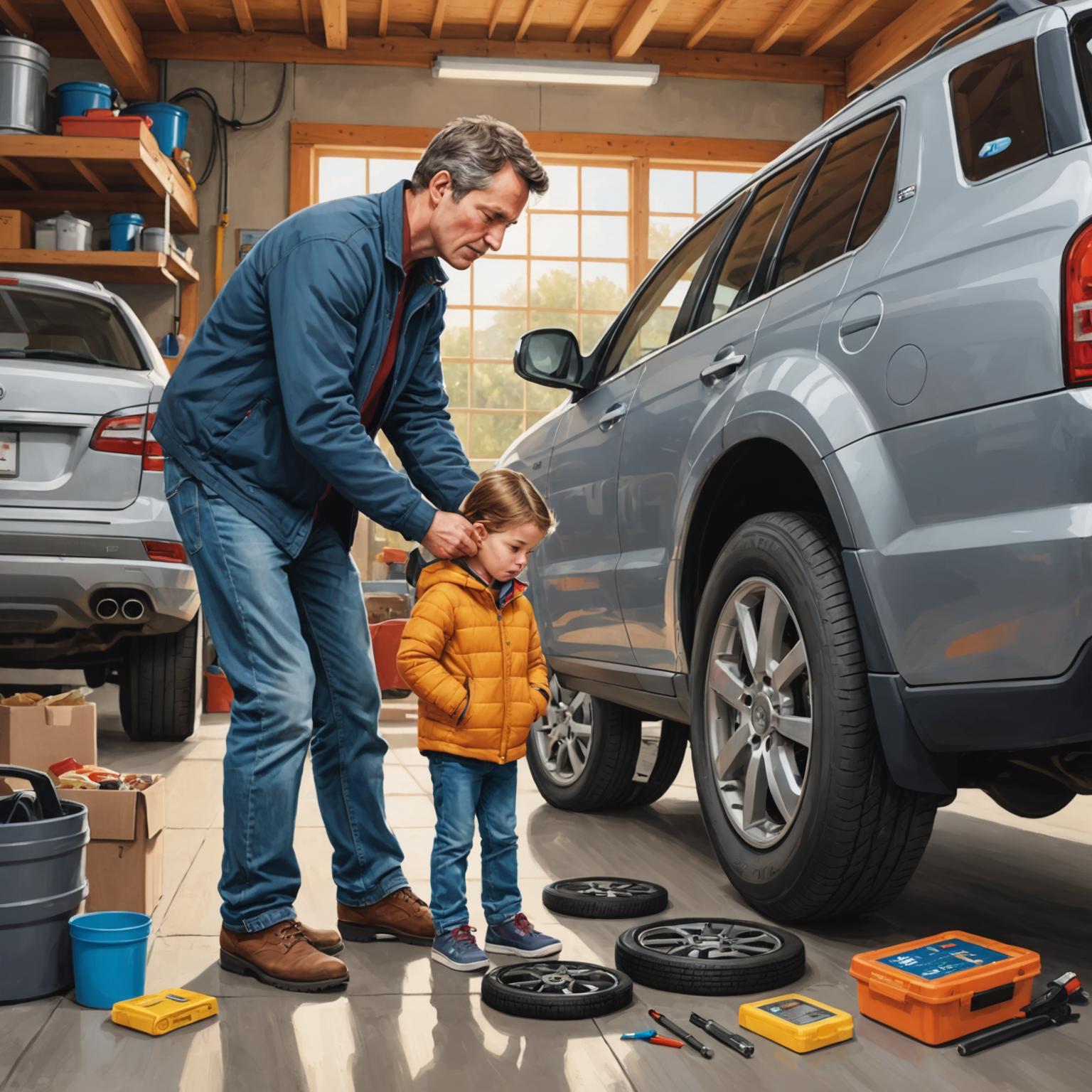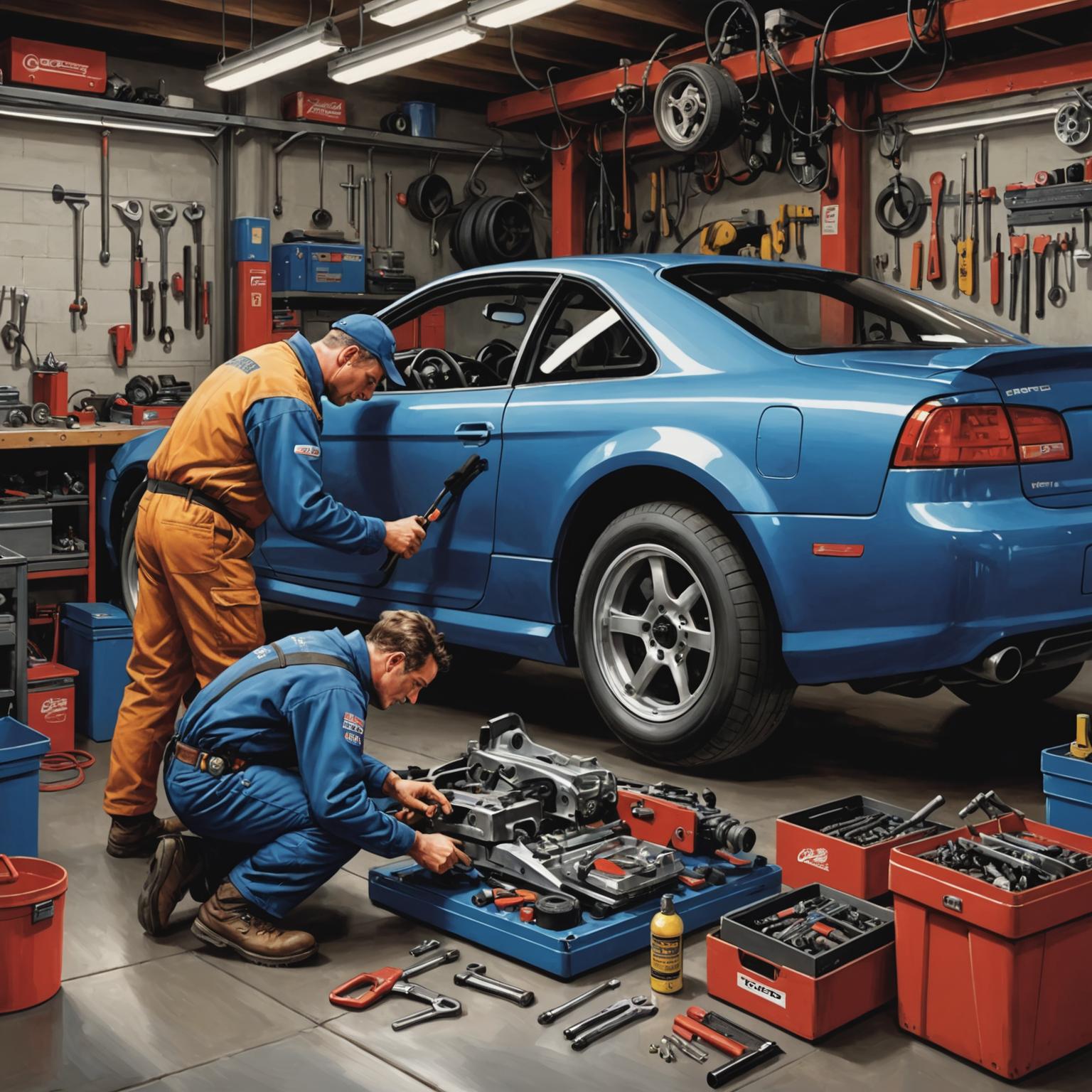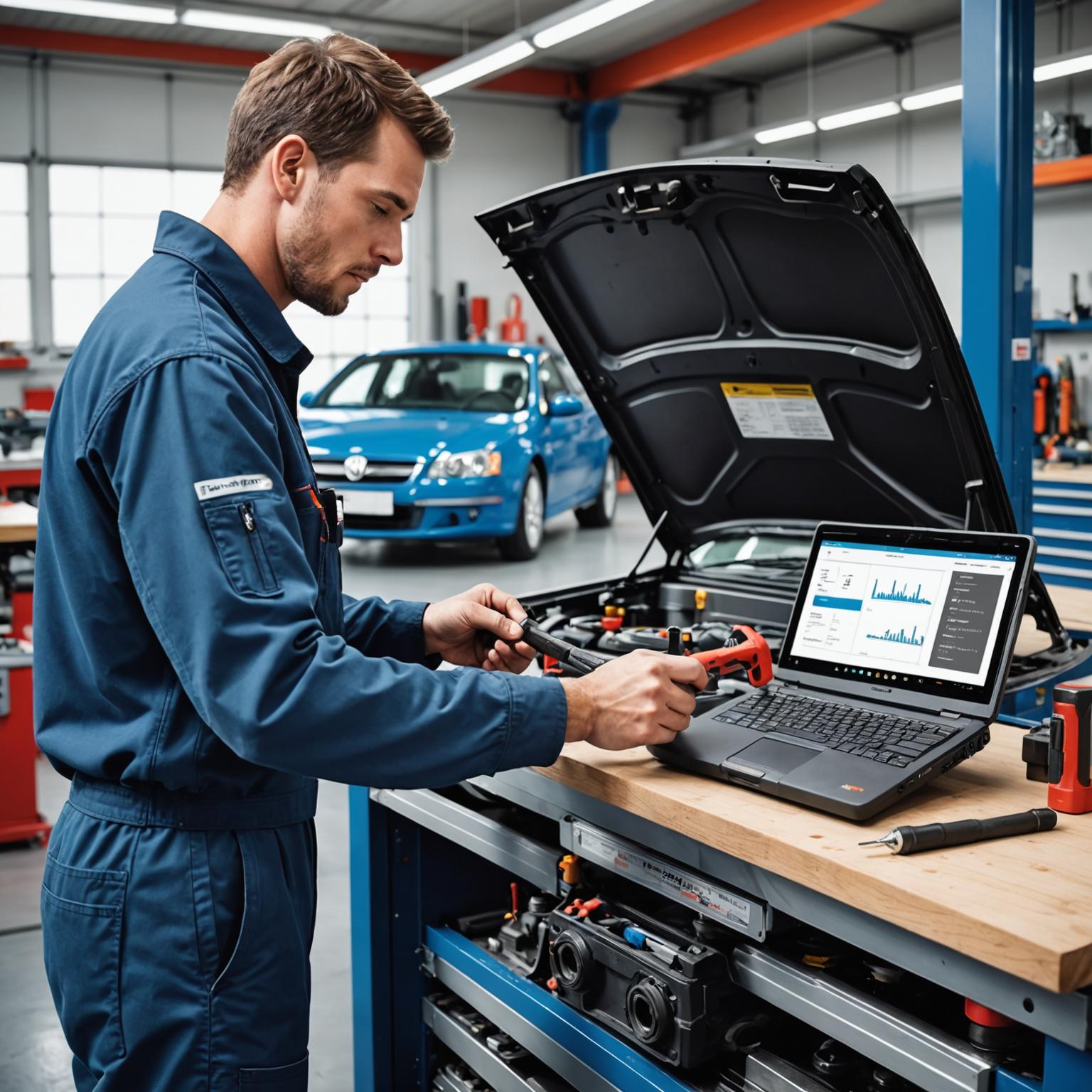Off-Road Vehicle Tire Selection: Choose the Right Tires for Terrain and Performance
Your off-road vehicle’s tires are the only part that touches the ground—so choosing the right tires is crucial for traction, safety, and performance. Different terrains (mud, rocks, sand, dirt) require different tire designs, so picking the wrong tires can leave you stuck, damage your vehicle, or ruin your adventure. Here’s how to choose the perfect off-road tires for your needs.
First, understand tire tread patterns. The tread pattern (the design on the tire’s surface) determines how well the tire grips different terrains:
- Mud-terrain (MT) tires: These have large, deep lugs (the raised parts of the tread) with wide gaps between them. The lugs dig into mud to provide traction, and the gaps let mud escape (preventing the tire from “balling up” with mud). MT tires are great for deep mud, but they’re noisy on pavement and have less traction on dry roads.
- All-terrain (AT) tires: These have medium-sized lugs with smaller gaps than MT tires. They work well on a variety of terrains—dirt, gravel, sand, and pavement. AT tires are a good choice if you drive both on and off-road (they’re quieter and more fuel-efficient than MT tires on the highway).
- Rock-crawling tires: These have extra-large, rigid lugs with sharp edges that grip rocks. They also have a soft rubber compound (which conforms to rock surfaces) and reinforced sidewalls (to prevent punctures from sharp rocks). Rock-crawling tires are designed for extreme rock terrain—they’re not ideal for pavement or mud.
- Sand tires: These have wide, smooth treads (or small, closely spaced lugs) that spread the vehicle’s weight over a larger area, preventing it from sinking into sand. They also have a soft rubber compound that grips sand better. Sand tires are only for sand—they’re useless on other terrains.
Choose the right tire size. Tire size affects ground clearance, traction, and vehicle performance. Larger tires (e.g., 33-inch or 35-inch) increase ground clearance (helping you clear obstacles like rocks or logs), but they can also strain your vehicle’s engine, transmission, and suspension (you may need to modify your vehicle to fit larger tires). Smaller tires (e.g., 31-inch) are better for stock vehicles—they’re more fuel-efficient and don’t require modifications, but they have less ground clearance. Check your vehicle’s owner’s manual for recommended tire sizes, and consult a professional if you want to upgrade to larger tires.
Consider tire construction. Off-road tires need to be durable to withstand rocks, thorns, and rough terrain. Look for:
- Sidewall strength: Tires with reinforced sidewalls (marked as “E-rated” or “10-ply”) are more resistant to punctures and damage from rocks.
- Rubber compound: Soft rubber compounds provide better traction (they grip terrain better), but they wear out faster on pavement. Hard rubber compounds last longer on pavement but have less traction off-road. Choose a compound based on how much time you spend on vs. off-road.
- Beadlock rims (optional): Beadlock rims clamp the tire’s bead (the edge that fits on the rim) to the rim, preventing the tire from coming off the rim when you lower the tire pressure (lower pressure increases traction on rough terrain). Beadlocks are great for extreme off-roading but are not legal on all highways (check local laws).
Match tires to your terrain and driving style. Ask yourself:
- Where do you mostly ride? If you ride in mud and dirt, MT or AT tires are best. If you ride on rocks, rock-crawling tires are better. If you ride in sand, sand tires are a must.
- Do you drive on pavement? If you use your vehicle for daily commuting and occasional off-roading, AT tires are the best balance. If you only use it for off-roading, MT or rock-crawling tires are better.
- How experienced are you? Beginners may want AT tires (they’re more forgiving on different terrains), while experienced off-roaders can handle MT or rock-crawling tires.
Invest in quality tires. Off-road tires are an investment—cheap tires wear out quickly, puncture easily, and provide poor traction. Choose reputable brands (like BFGoodrich, Goodyear, or Nitto) that specialize in off-road tires. While they cost more upfront, they’ll last longer and keep you safer.
By choosing the right off-road tires, you’ll have better traction, more fun, and fewer problems on your adventures.

